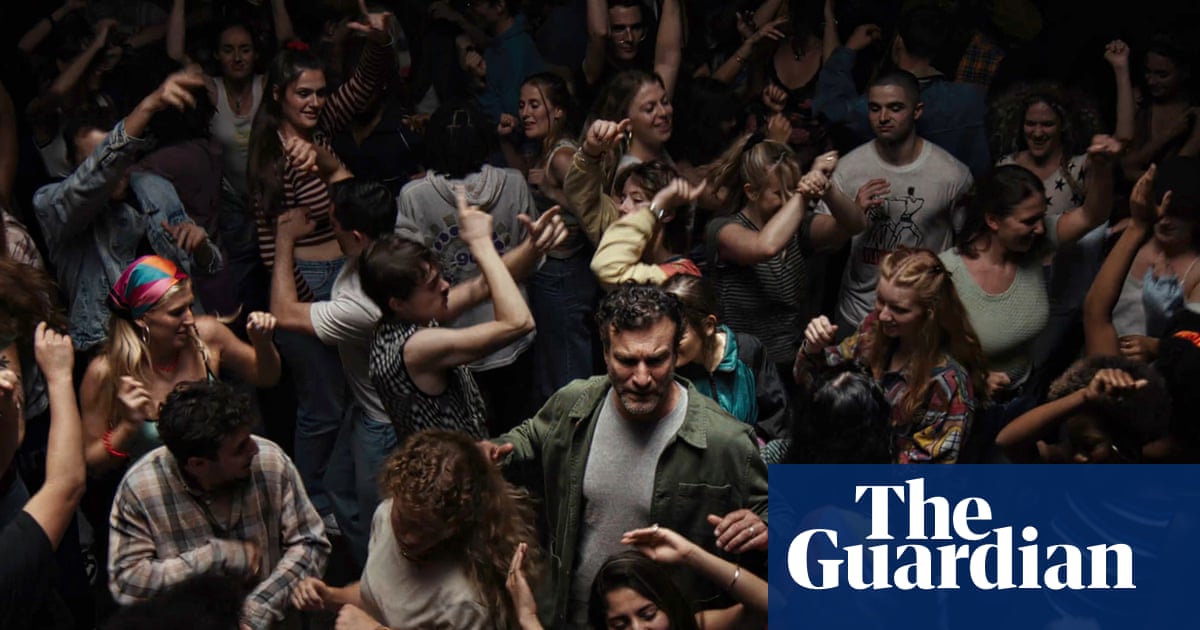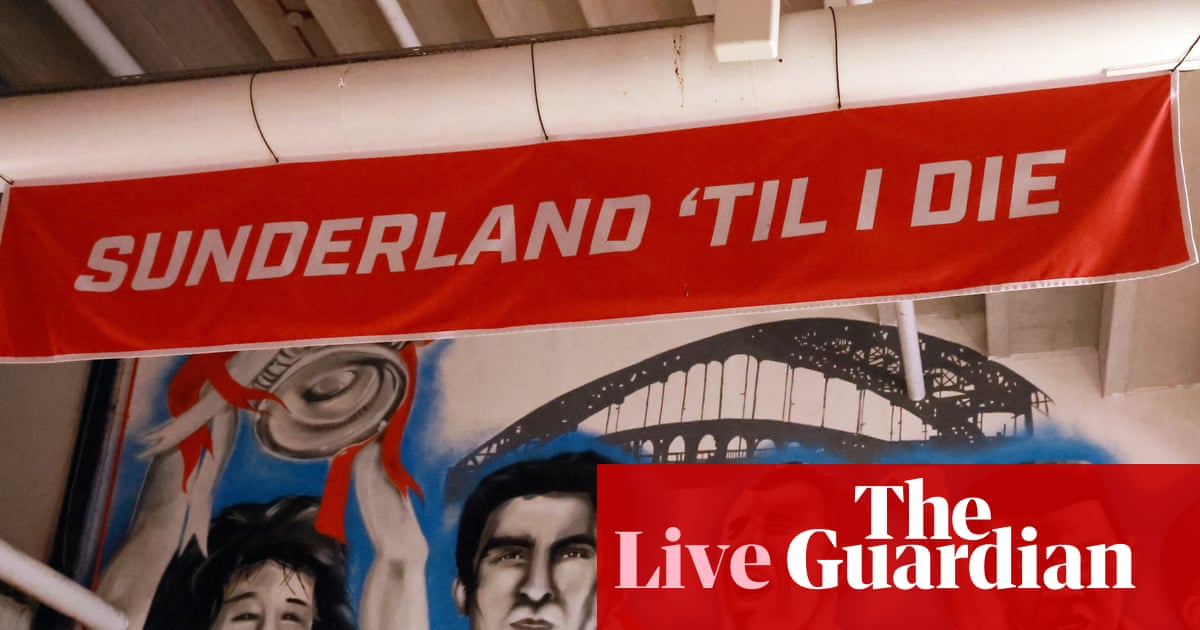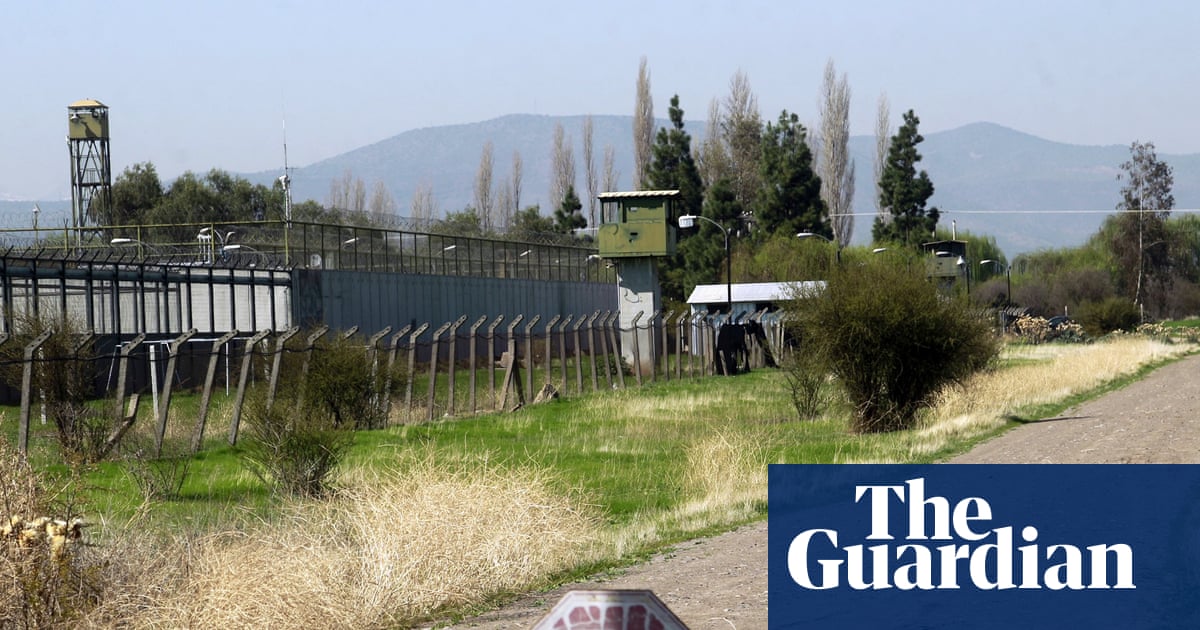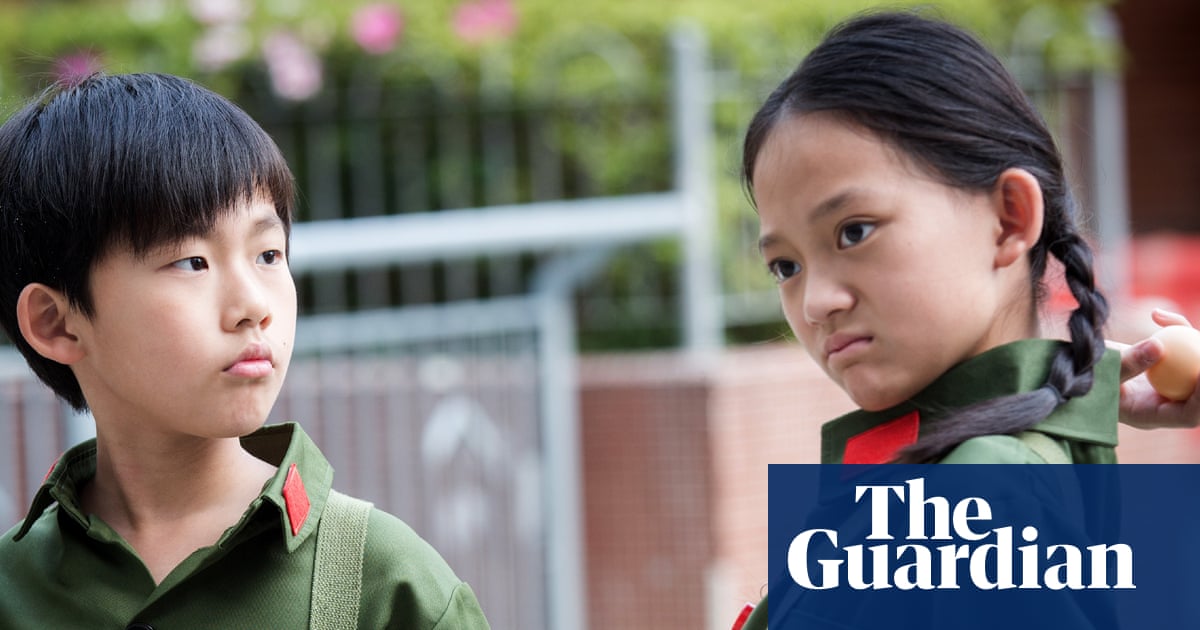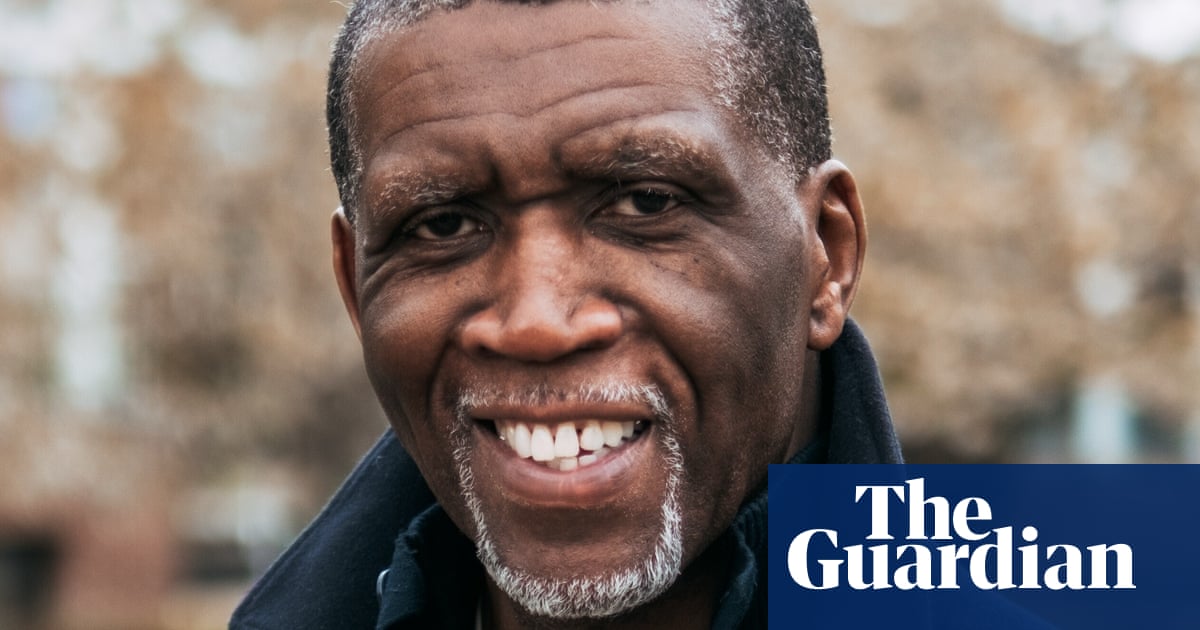When Stravinsky composed Oedipus Rex in 1927, Jean Cocteau wrote a French libretto based on Sophocles’s tragedy, which was then translated into Latin, a language Stravinsky called “not dead but turned to stone”. It was to be mere syllables to sing notes to, immune to “vulgarisation” as he put it – a way to tell a tragedy without too much pesky drama getting in the way.
In choreographer Wayne McGregor’s production of Oedipus Rex, paired with a new ballet based on the myth of Antigone and premiered by the Norwegian National Opera and Ballet, there is drama, but it is of the stark, unsentimental kind. The double bill is entitled Jocasta’s Line, as Jocasta, queen of Thebes, sees her husband/son (spoiler, they’re the same person!) and daughter meet tragic ends. It is visually striking and exciting in scale – the first half austere, the second softer – and pristinely danced, but still with a sense of distance, as of the gods from mere mortals.
Stravinsky’s original instructions were for the singers to be masked, unmoving, in restrictive costumes. In this production, designed by Vicki Mortimer, they are trapped in Bauhaus-esque towers, as if Oedipus is in a pulpit, or Creon, his brother-in-law, in the dock. The small group of dancers, often in stillness, provide another kind of architecture. The male chorus lines up like a battalion. The ever-glorious Sarah Connolly as Jocasta is utterly imperious. The singers are eyes forward, unblinking – as Oedipus, Paul Appleby’s voice is on full beam – and unresponsive to others’ plights. It’s a startling mode of delivery for the layers of confusion, anger and distress that tussle within the story of a man discovering he murdered his own father.
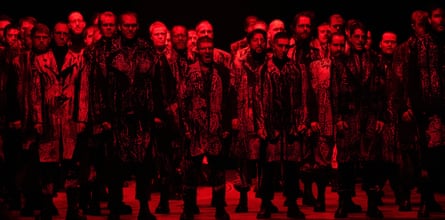
A projection of actor Ben Whishaw, just his lips, gives a precis of the story. The rest of the text is deliberately not translated, no surtitles here. McGregor does not want you to read your way through the performance, he says when we speak the morning after the show. “I want you to shift your attention from a cognitive headset to kind of a sensual headset, where you give attention to music in a different way.”
There’s an ominous nature to Stravinsky’s music, but there’s also jarring contrast between Oedipus’s heavy fate and the jaunty, eccentric countermelodies in the score, bassoon and oboe playfully chasing each other like an illustration of the gods playing games with these throwaway humans’ lives.
Stravinsky was interested in form as meaning, and McGregor’s work is not dissimilar. With 30 years of intensive movement research behind him, the choreographer is famously resistant to literal, narrative interpretation. In fact, he’s exasperated by people (especially critics) who want to know exactly what is going on. “Especially in ballet,” he says, “there’s a push all the time for concrete narrative. And it’s something I’m really sad about.”

Dance offers “a more fluid relationship to meaning”, through concreteness and out the other side, which McGregor sees as more akin to how we experience our lives. “We don’t know from moment to moment exactly what we’re thinking,” he says, so to try to do that on stage would be “completely reductive”.
Stravinsky’s way with distinctive orchestral textures is something picked up by Canadian composer-conductor Samy Moussa, who has scored the second half of the programme, along with a pared-down libretto (in ancient Greek, again no surtitles) for a female chorus, whose dense but fragile chords shimmer at the peak of the work’s crescendos. There are no named characters in the second act (McGregor’s acts are called Son and Daughter, not Oedipus and Antigone), and there’s no differentiation in their costumes: vests daubed with black, a symbol of Oedipus’s blood, the family carrying his stain. Nevertheless, the daughter is Antigone. Her brothers have killed each other in an ugly fight for power (portrayed here as an artful struggle), one led by flash of white light to the afterlife, the other left to rot, by Creon’s decree. Antigone is determined to honour his body and perform funeral rites, even if it means her own death.
Her reined-in dance is a study in precision of line, beautifully measured angles as if by protractor. There’s little sense of character, but what you do see embedded is certainty. In Sophocles’s play, Antigone is unsentimental about her actions – she is driven by a sense of duty. Through that prism, this appears not a dance of grief, but a dance of purpose. When asked, McGregor is only frustrated by questions about what he himself was interested in exploring. “None of that matters, none of that matters. What matters is how you receive something.”

“It really bores me, this transactional conversation,” he says, meaning the choreographer explaining their intention; the audience expecting something explicit to be communicated. “I think we need to be much braver about trusting our instincts about what we’re receiving, by opening up ourselves, our own lenses.”
More important than knowing, surely, is feeling. McGregor may be allergic to button-pushing, but Daughter has two especially strong scenes that tap into tragedy. Antigone’s brother’s body prone on the floor, met by a solemn string phrase, the stage suddenly bereft. And a pas de deux between Creon and his wife (Eurydice) at the work’s denouement. Antigone and her fiance have died and Eurydice, the fiance’s mother, finds them. She dances in a kind of nauseous disbelief, her body folding and pulling and keening, while Creon is unfolding and pulling back and trying to save her from herself. It’s one of the few moments where there’s a real sense of something at stake. To me, at least. The subjective push-pull between form and content, intellect and emotion, meaning and meaningfulness, artist and audience is just as alive almost a century after Stravinsky wrote his Oedipus Rex.

.png) 1 month ago
46
1 month ago
46


